When the o2 sensor is abnormal, it will not only cause the harmful gas content in the exhaust gas of the car to exceed the standard, but also increase the fuel consumption of the engine.
1. Observe the appearance color of the oxygen sensor
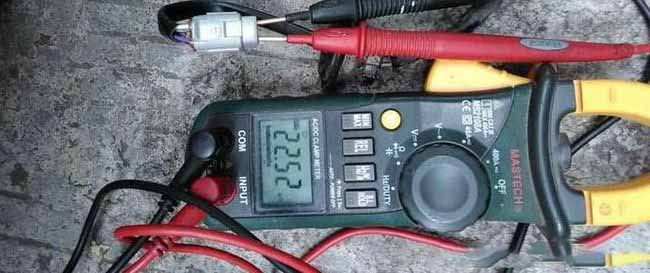
01 External damage inspection
First remove the oxygen sensor from the exhaust pipe, and visually check whether the ventilation holes on the oxygen sensor housing are blocked and whether the ceramic core is damaged. If it is damaged, replace the oxygen sensor with a new one.
02 Observe the sensor color
By observing the color of the top of the oxygen sensor, the cause of the malfunction can be roughly judged. If the color of the top of the oxygen sensor is found to change, it indicates that the oxygen sensor has a fault or a hidden trouble. Therefore, the cause of the fault can also be judged by observing the color of the top part of the oxygen sensor. The details are as follows, for reference when judging the fault:
Light gray top: The oxygen sensor is normal;
White top: caused by silicon pollution, it should be replaced with a new oxygen sensor;
Brown tip: caused by lead pollution, if it is serious, a new oxygen sensor should be replaced;
Black tip: It is caused by carbon deposits. After removing the engine carbon deposits, the carbon deposits on the oxygen sensor can generally be automatically removed.
2. Automobile exhaust gas analyzer detection method
01 Detection and analysis
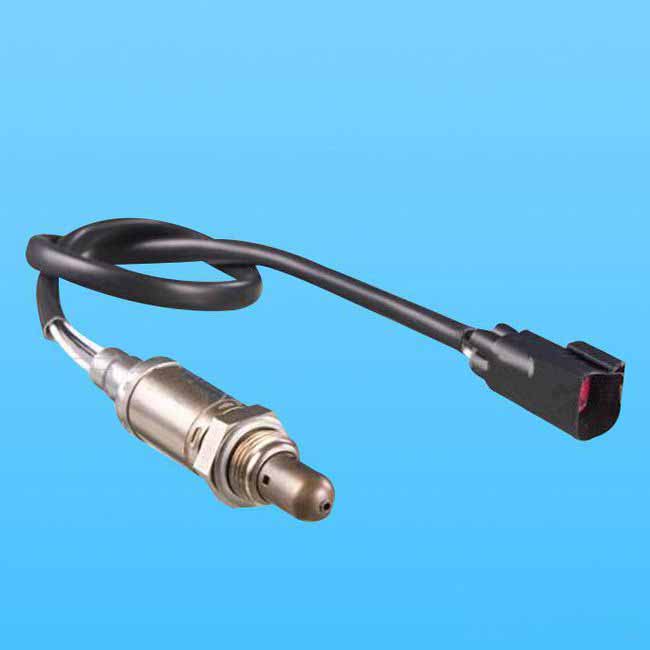
When the automobile exhaust gas analyzer is used to detect automobile emissions, the automobile exhaust gas can be detected when the vehicle is idling, and the normal value listed in the table below (in order to use the FLA-501 electronic exhaust gas analyzer to detect the Audi A4 (parameters)丨Picture) Take a series of cars as an example) to compare the ranges to judge the quality of the oxygen sensor. If the detected value is much different from the normal value, it means that the oxygen sensor and its connection line are bad. If there is no problem with the detection connection line, it can be determined that the oxygen sensor is damaged.
02 Issues that should usually be noted
① Before the exhaust gas analyzer is connected to the working power supply, the detection instrument should be reliably grounded and its working voltage should be normal;
② When storing or using the exhaust gas analyzer, prevent water, dust or other gaseous substances from entering the instrument, so as not to affect the normal detection;
③ The exhaust gas analyzer should be used in a well-ventilated place, and a polyvinyl chloride pipe should be used to connect the exhaust port to lead the exhaust gas discharged from the meter to an outdoor safe area to prevent the detection of carbon monoxide poisoning accidents;
④ Do not use the exhaust gas analyzer in an environment where the temperature is too high, too low or the temperature changes drastically. Do not expose the meter to the sun directly. The working temperature of the meter is between 0-40℃;
⑤ Sampling probes, test devices and wires, hands, clothes, hair and other objects must be kept away from the moving parts of the vehicle, such as drive shafts, fan blades, etc.;
⑥ After using the exhaust gas analyzer, it should be cleaned once, and then stored in a dry, safe and fixed location.
3. Pointer type multimeter detects oxygen sensor heater resistance
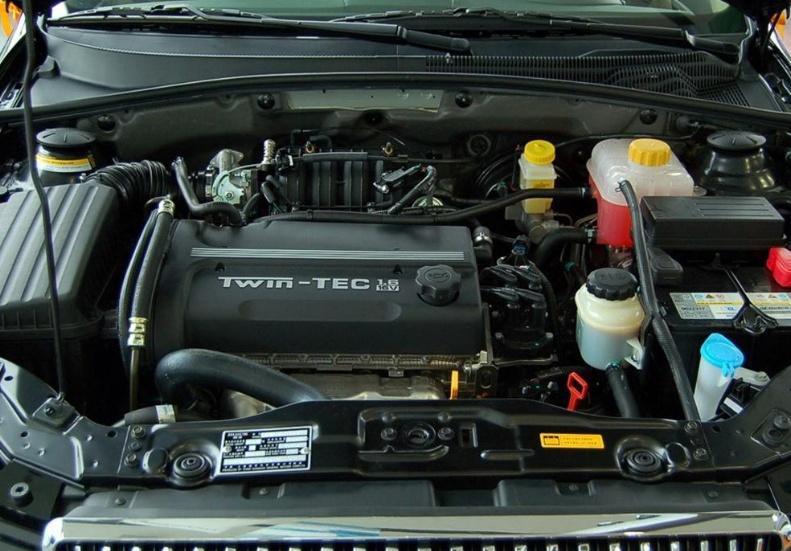
Unplug the oxygen sensor harness plug, use the R×1 gear of the pointer multimeter, and use two meter pens to detect the resistance value between the heater terminal and the ground terminal in the oxygen sensor terminal. The resistance value is usually between 4 and 40 Ω. (The resistance value of different models is different, according to the data in the manual of the specific model)。 If the detected resistance value differs greatly, the oxygen sensor should be replaced.
4. Car digital multimeter to detect oxygen sensor performance
01 The relationship between oxygen concentration and voltage
The oxygen sensor used in the automobile engine electronic fuel injection system is used to monitor the oxygen concentration in the vehicle exhaust gas, and convert the monitored oxygen concentration into a voltage signal to provide to the engine ECU to determine whether the engine is burning according to the theoretical air-fuel ratio. When the monitored oxygen concentration is thicker, the voltage provided to the engine ECU is higher; when the monitored oxygen concentration is thinner, the voltage provided to the engine ECU is lower.
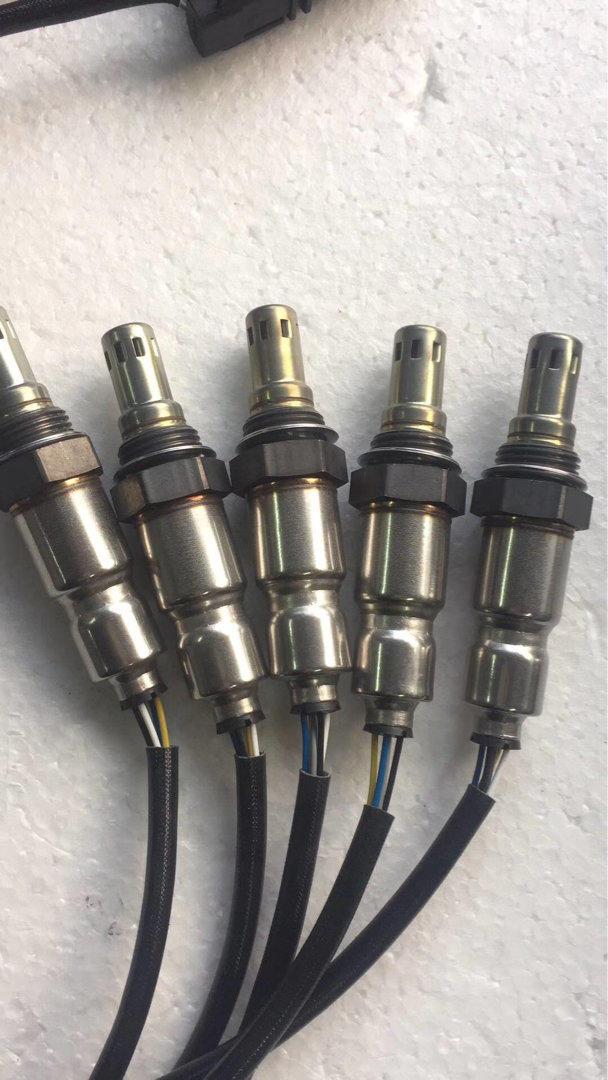
02 Typical characteristics of oxygen sensor during normal operation
Under normal circumstances, when the exhaust gas of the dfsk vehicle is rich, the output voltage of the oxygen sensor is 0.8-0.9V, and when the exhaust gas is lean, the output voltage is 0.1-0.2V. When the operating temperature of the oxygen sensor is lower than 360°C (the engine is in an open-loop operating state), the oxygen sensor is in an open-circuit state, and there is no voltage output.
03 Inspection and maintenance
Preheat the o2 sensor: first remove the oxygen sensor harness, connect the harness to the oxygen sensor with a jumper, start the engine, and run it at a speed of 2500r/min for about 90s, which is used to preheat the oxygen sensor. Heat to make its working temperature reach 360°C or more.
Detection operation method: set the function selector switch of the automobile digital multimeter to the direct current (DC) mV block, the black wire is grounded, and the red wire is connected to the oxygen sensor output terminal to measure the direct current between the oxygen sensor signal output terminal and the ground iron. Voltage. Under normal circumstances, within 10s, the indicated value of the meter should jump more than 8 times within 100-900mV. Otherwise, it means that the detected oxygen sensor is bad or damaged.
Faults that can be judged: By detecting the working performance of the oxygen sensor, it can be judged whether the fuel injection system of the engine is working in a closed loop or an open loop, or whether the oxygen sensor is invalid.
5. Pointer multimeter detects the feedback voltage of oxygen sensor
01 Preparation before testing
Lead out the detection wire: Before detecting the feedback voltage of the car oxygen sensor, you should unplug the wire harness plug of the oxygen sensor. According to the circuit diagram, draw a thin wire from the oxygen sensor feedback voltage output terminal, and then insert the wire harness plug. When the engine is running , Measure the feedback voltage on the lead wire.
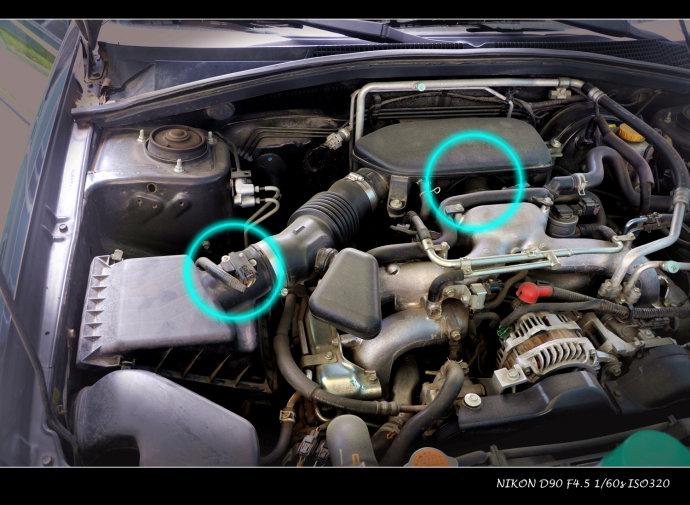
The choice of the detection meter: When detecting the feedback voltage of the oxygen sensor, it is best to use a pointer multimeter with a low range (usually 2V) and high impedance (internal resistance greater than 10MΩ)。
02 Detection method
Warm up the engine: warm the engine to normal operating temperature (or run at 2500r/min for 2min after starting)。
Connect the test lead: connect the negative test lead of the multimeter voltage block to the ground wire (ground terminal) of the sensor connection plug-in; the positive test lead connects to the signal output pin of the sensor, or connects to the lead wire on the oxygen sensor harness plug.
Running at about 2500r/min: Keep the engine running at a speed of about 2500r/min. At the same time, check whether the voltmeter pointer can swing back and forth between 0 and 1V, and record the number of times the voltmeter pointer swings within 10s.
03 Test data and analysis
Under normal circumstances, check the normal voltage value between the terminals of the two connectors (harness side) of the oxygen sensor. It should be between 0.4 and 0.5V, and the number of changes in the feedback voltage within 10s should be no less than 6-8 times. If it is less than 6-8 times, it means that the oxygen sensor feedback control system is working abnormally. The reason may be the carbon on the surface of the oxygen sensor, which leads to a decrease in sensitivity. At this time, the engine can be operated at a speed of about 2500r/min for about 2 minutes to remove the carbon deposits on the surface of the oxygen sensor, and then the feedback voltage can be detected. If the voltmeter pointer changes slowly, it may be that the oxygen sensor itself is defective, or the ECU feedback control circuit has a problem.
6. Dynamic analog detection of oxygen sensor feedback voltage
01 Preparation before testing
Unplug the harness plug of the oxygen sensor, so that the oxygen sensor is no longer connected to the engine ECU, and the feedback control system is in an open-loop control state.
02 Disassembly of pipeline and dynamic simulation of resistance
① Put the multimeter in the DC voltage block, the red test lead is directly connected to the oxygen sensor feedback voltage output terminal, and the black test lead is reliably grounded.
② To detect the feedback voltage during engine operation, first disconnect the crankcase forced ventilation pipe or other vacuum hose connected to the intake pipe to artificially form a lean mixture. At the same time, observe the voltmeter. The reading indicated by the pointer should decrease.
③ Reconnect the above disconnected pipeline, then unplug the connector of the water temperature sensor, and replace the water temperature sensor with a 4-9kΩ resistor to artificially form a dense mixture. At the same time, observe the voltmeter. The reading indicated by the pointer should be rise.
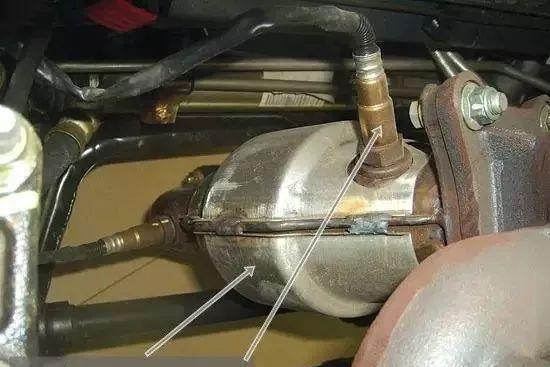
03 Dynamic simulation of accelerator pedal operation
When the accelerator pedal is pressed or released to simulate the mixed gas concentration, the connection method of the multimeter is the same as the above. The specific detection operation method is as follows:
① Use the method of suddenly depressing the accelerator pedal to simulate the thickening of the mixture, and observe the voltmeter at the same time, the reading indicated by the pointer should rise.
② Use the method of suddenly releasing the accelerator pedal to simulate the thinning of the mixed gas, while observing the voltmeter, the reading indicated by the pointer should decrease.
04 Failure analysis
No matter what kind of analog mixed gas concentration method is used to detect the feedback voltage, if the detected feedback voltage of the oxygen sensor does not change as described above, it means that the oxygen sensor has been damaged.
05 Questions to be explained
When using the above method to detect a titanium dioxide oxygen sensor, if the sensor is good, the voltage at its output terminal should fluctuate up and down around 2.5V. Otherwise, the sensor should be removed and exposed to the air. When it cools down, use a multimeter to check its resistance. If the resistance value is ∞, it means that the sensor is good, otherwise, it should be replaced with a new oxygen sensor of the same specification.






